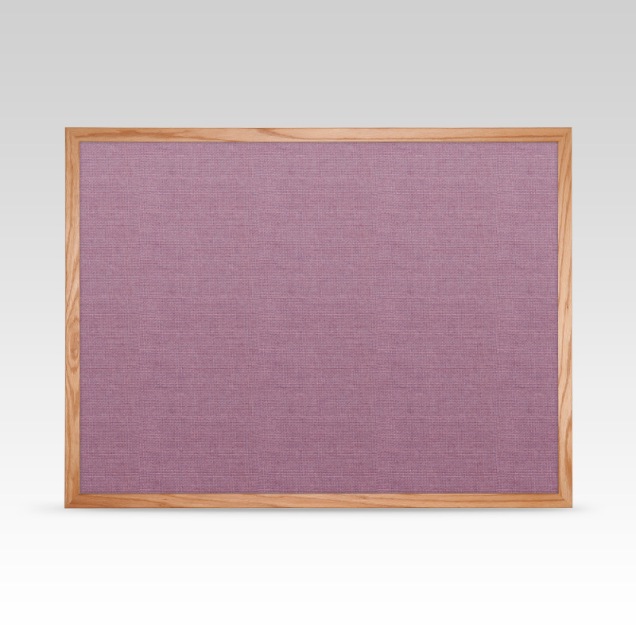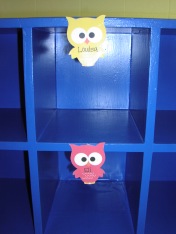Every year many teachers spend hours upon hours setting up their classroom to ensure it is picture perfect before the students arrive.

But I wonder, by doing so, are we taking away some great learning opportunities for students? In PYP classrooms, we start the year with blank walls to ensure there is lots of space to display students’ questions and students’ thinking, but what other classroom set-up jobs should we be sharing with students? Involving students in classroom set-up is not only a great way to build a sense of community and send the message that it is our classroom, not my classroom, but their are also some great opportunities for math, literacy and transdisciplinary skills… if you’re looking for them!
Here is a list of some typical classroom set-up jobs that involve literacy, math and transdisciplinary skills that could be shared with students:
Covering bulletin boards: measurement, surface area, cooperation, problem solving, group decision making, planning skills
How much paper will we need to cover this bulletin board? How can we figure it out? What tools could we use? Is there another way to figure that out?
Bulletin board borders: measurement, perimeter, repeating patterns, adding, multiplying, creativity, planning, organization, fine motor skills
How much border will we need to go around the outside of the bulletin board? How can we figure that out? How wide should the border be? How do we know if we have enough? What designs can we put on the border so it is appealing to the eye?
Sectioning Bulletin Boards: Shape and space, measurement, division, fractions, arrays, problem solving, cooperation, analysis, spatial awareness
How many equal sections do we need? How big will they be? How many rows and columns can there be? How can we be precise? How can we section them off?
Arranging desks/tables: equal groups, shape and space, multiplication, division, problem solving, listening, speaking, planning, gross motor skills, safety
How many different ways can we arrange our desks into groups? How many different ways can we arrange our desks into equal groups? How can we set up our tables to maximize the number of chairs that fit around? Which arrangement gives us the most space?
Name tags: Literacy, printing, letter formation, capitalization, non-verbal communication, respecting others, planning, organization
How we can show which cubby belongs to who? Why do we need to label cubbies? What do we need to remember when we write our names? How can we make sure our letter are the proper size and shape?
Classroom Library: sorting, genre, organization skills, labelling, counting, adding, estimation, planning, group decision making
How can we organize our books? Is there a different way to organize them? Where should we put them? How should we label them? What are the fancy literacy names for these kinds of books? Where can we find out? How many do we have in total? How will people know where to put them back?
Toy Shelves: sorting, labelling, organization, systems, cooperation, making group decisions, planning, speaking, listening,
How can we sort our toys? How can we keep them organized? What should we label each bin? How will students know where to put them back?
Student-Made Class Alphabet Strip: Literacy, letter formation, letter sequencing, letter sounds, upper case and lower case, writing, synthesis, fine motor skills, team work
How do we make this letter? What word starts with this letter sound? Which letter comes next?
Student-Made Class Number Line: Counting, sequencing, quantity, number formation,writing, synthesis, fine motor skills, team work
How do we make this number? How much is that number worth? What number comes next? What is the name of this number? How do we spell it? How do we make/spell this number in our other language?
Class Schedule: Measurement, writing time, lapsed time, adding/subtracting/dividing time, fraction, percent, analysis, evaluation, planning, time management
How can we split our classroom time? How can we make a schedule that has x minutes total for literacy/math each week? How long is in between first recess and second recess? How can we show that this class is 45 minutes long? How can we display our schedule?
As with most things in PYP/inquiry-based teaching it can seem that the teacher’s role is minimal. Quite contrary! In order for a teacher to share the classroom set-up duties with students, there is much thinking, planning, organizing and orchestrating needed on the teacher’s part in order for this to be successful and meaningful to students. Here are a few guiding questions to help with this:
1. Which tasks are appropriate to share with the age of students I teach?
2. Is there purposeful literacy, math or transdisciplinary skills in this task for my students?
3. How can I organize this process? (What materials should I have ready? How long will it take? How should I split the students in to groups?)
4. What questions can I ask to guide the process and maximize student thinking?
5. Is the juice worth the squeeze? (Do the benefits of having students involved in this task justify the time it will take?)
To be perfectly honest, I have never tried this myself… but I wish I could have before I left the classroom! I think there are so many authentic literacy and math skills needed to set up a classroom that require social, communication, thinking and research and management skills – both by the students doing them and the teachers planning them!
Have you ever tried this before with your class?
Do you have any advice for teachers trying this for the first time?
What other classroom set-up jobs would you add to the list?










Fantastic idea! I’ve been leaving my walls blank for years, with the concept of: “our” classroom we organise it together. But, I have never left the bulletin boards completely blank. Loads of purposeful literacy, math and social skills in these projects.
LikeLike
Thanks for your comment! As I mentioned in the post, I myself have never tried this, but as I was working with our literacy and math curriculum this past year I realized many of those concepts and skills could be authentically explored during the first week of school through classroom set-up… perhaps without the students even realizing they are ‘doing’ math or literacy. 🙂
LikeLike
Fabulous ideas but has anyone stopped to consider the final product? Senior Management are sticklers for neatness so will not take kindly to crooked seams etc that is sure to be the case when classrooms are ‘decorated’ by children. Just saying …
LikeLike
Thanks for sharing this great question! I’m sure it’s much easier to take risks and venture outside of the norm when you have administrators that are supportive. I would hope that after explaining the purpose of involving students in classroom set-up and communicating the potential for authentic learning in areas of math and literacy, Senior Management would be able to see past the crooked seams. 🙂
I also think this difference of opinion could open up an interesting dialogue for teachers and administrators about what the school values more – product or process?
Thanks again for sharing your thoughts. I look forward to seeing what other readers think about this!
LikeLike
I don’t know. I have worked with some wonderful admin who totally get that kids’ work need not be perfect. IF they fully understand PYP, they won’t expect perfection.
LikeLiked by 1 person
After our first week of the students taking ownership of the class, I sent an email home to parents, shared the link to this article and shared my pictures with the parents. I received positive feedback from parents and even later during parent interviews the parents said they are glad the students are learning to be more independent. Parents also mentioned that the students spoke proudly and enthusiastically of what they did at school. I think sometimes we ourselves are more concerned how our class looks than parents or even administration. The question is not how pretty it is, but can you see learning taking place or evidence of learning in the room? And let me just say I love organising and decorating my room very much. It’s challenging for me to step back, but so very rewarding for the students. Of course there’s a balance and the students still need guidance and feedback and reflection time.
LikeLiked by 1 person
I just used your article and tried it out with my kids, seeing great results and they loved it! Here are some pictures: https://goo.gl/photos/xwGMtTym1J2JZemi8
LikeLike
I’m so glad to hear that! Thanks for sharing the pictures. It looks like there was lots of good thinking going on. 🙂
LikeLike
It is a great idea. I never thought this could make students learn so much. For us, parents might not be very happy as they come very first day to see the environment where their kids would be studying. Its more like the first impression of the homeroom teacher. But, with time and as we share the purpose they will hopefully understand the importance.
LikeLike
You bring up a good point, Neesha! I think often times if we as educators are going to be risk-takers, we should be prepared to also be advocates and communicate the purpose and benefits of our risks to the parents of our students.
LikeLike